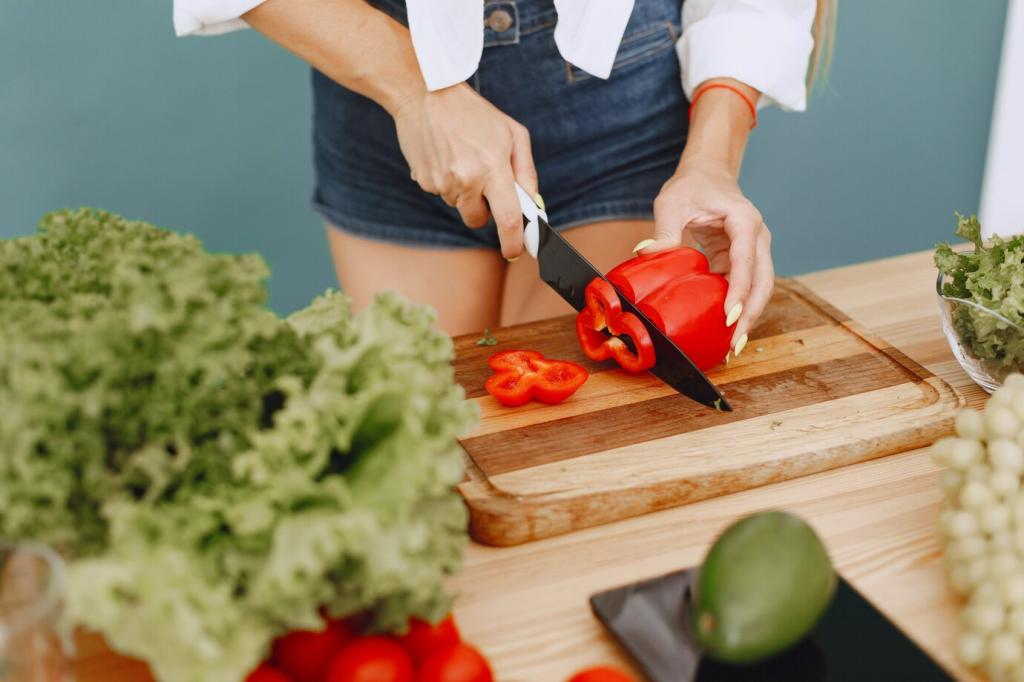What Makes a Sustainable Cookbook Truly Sustainable
Trustworthy cookbooks explain where ingredients come from, name farms, and cite certifications like organic, Fair Trade, or MSC for seafood. Even better, they share seasonal alternatives and disclose testing notes when a low-impact option slightly changes texture or timing.
What Makes a Sustainable Cookbook Truly Sustainable
A lopsided zucchini and a knobbly carrot sparked my first sustainable recipe adventure. Guided by a cookbook chapter on seasonal improvisation, I discovered a silky soup using stems, peels, and misfit vegetables that tasted brighter than anything perfectly shaped.



